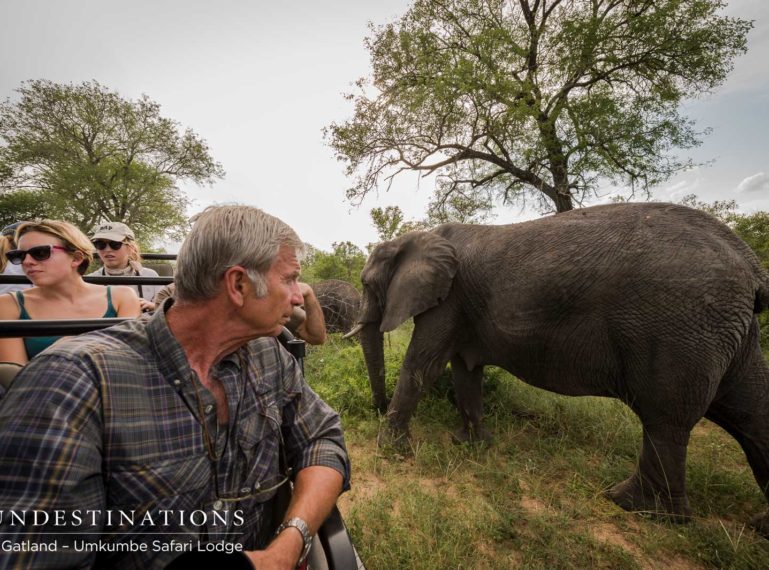
With their deeply etched tusks, leathery hairless skin, paintbrush bristle eyelashes, muddy appearance, ears that flap like flags in the wind and soft feet resembling comfortable slippers; the African elephant has become one of the most sought after animals to spot while on safari.
Their soulful eyes hide a sensitive, intelligent and curious nature, which is why they’ve become one of the most globally loved species. Why do us humans feel such a kinship with these pachyderms? The complexity of emotion, the tears, their respect for those who’ve passed makes us feel more connected to the wild. They possess human qualities and that’s why we feel so close to these emotional grey giants.
Unfortunately, despite our love of elephants there are those that still poach these gentle giants. It appears there is a high demand for ivory in the Far East, which is the primary reason why elephants are poached. Because of this, we now have a global movement towards protecting elephants. Numerous charitable organisations have started to raise funds in an effort to create awareness around the plight of of the pachyderm. According to the Tusk website “Up to 30,000 African elephants are killed each year for their tusks”. That’s an alarming number!
With that being said, Umkumbe Safari Lodge are very grateful for the abundance of elephant sightings. The elephants in the Sabi Sand roam free in the wild and their presence is greatly respected. They come in their huge herds down to the Sand River in front of the lodge to devour vegetation and soak up water. It’s always a delight for guests to observe their exchange and antics with one another.
While out on game drive, guests can enjoy up close and personal sightings of these much revered animals. There is nothing better than an elephant casually strolling past the stationary vehicle while guests remain still and seated. Knowledgeable and professional guides will most certainly never approach a bull in musth and will keep their distance from any scenarios that threaten a herd’s comfort zone. After all, we’re onlookers in their domain !
An elephant’s large and seemingly cumbersome body actually moves with ease and silence through the bushveld. This is largely due to the fact that the sole of an elephant’s foot comprises a tough, sponge like connective tissue that almost “moulds” over the obstacles when it walks. This is why, when on game drive, you may well see them before hearing them!
When together in their herds they can be noisy, gregarious and quite brash. You’ll often see this behaviour when they’re congregated at dams and waterholes – one of their favourite places to hang out. Elephants love soaking and swimming in water. Young bulls, who’ve not left the herd yet, will often play fight in the water to practice their fighting skills to establish dominance. When these bulls become of age they will leave their herd and seek out a more solitary life.
They normally form loose associations with other bachelors and return to the herd when it’s time to mate. Bulls have too much testosterone for the females to handle, which is why they leave the herd. However, all related family members do, from time to time, meet up for swimming and mud bathing sessions.
So, that means that all the females and young males live together in a matriarchal herd. The “aunts”, “cousins” and sub-adults females actually all take turns in helping the youngest calves to navigate obstacles. When on the move you’ll notice how the young calf is surrounded by elders – this is to ensure predators don’t have easy access to the calf.
There are two very important appendages that elephants use on a daily basis – their trunk and tusks. Their tusks act as sort-of external incisors and grow throughout the elephant’s life cycle. Tusks are utilised as tools for digging, foraging and ripping bark from trees. Interestingly enough, elephant’s are either left or right tusk dominant.
The trunk is an incredibly intricate part of the body and contains 40 000 muscles. There are finger-like protrusions at the base of the trunk which help to grip and rip stubborn twigs from trees. The trunk also acts as a natural snorkel, which is useful for when an elephant swims. Contrary to popular belief, elephants don’t actually drink through their trunks but they soak up water and squirt it into their mouth. The trunk and tusks are unique to this species and most certainly are a vital part of an elephant’s anatomy.
Apart from being a rather fascinating member of the big five, an elephant plays an important role in the ecology of a reserve. When they knock over trees and break off branches, it creates new habitats for smaller creatures and mammals. Coupled with that, during times of drought, these pachyderms will use their trunk and tusks to dig for water. This in turn creates natural mud pools which is useful for other animals. And an elephant’s dung contains undigested seeds which are dispersed when they move through a traverse, creating new growth in the bushveld.
There are plenty of facts about elephants which we could have mentioned, but hopefully we’ve peaked your interest with this bit of insight into the life of an elephant. These emotional giants are some of Africa’s most exceptional creatures. We hope that the next time you’re on safari in the Sabi Sand that you’ll stop and ask your guide more questions about this majestic herbivore.
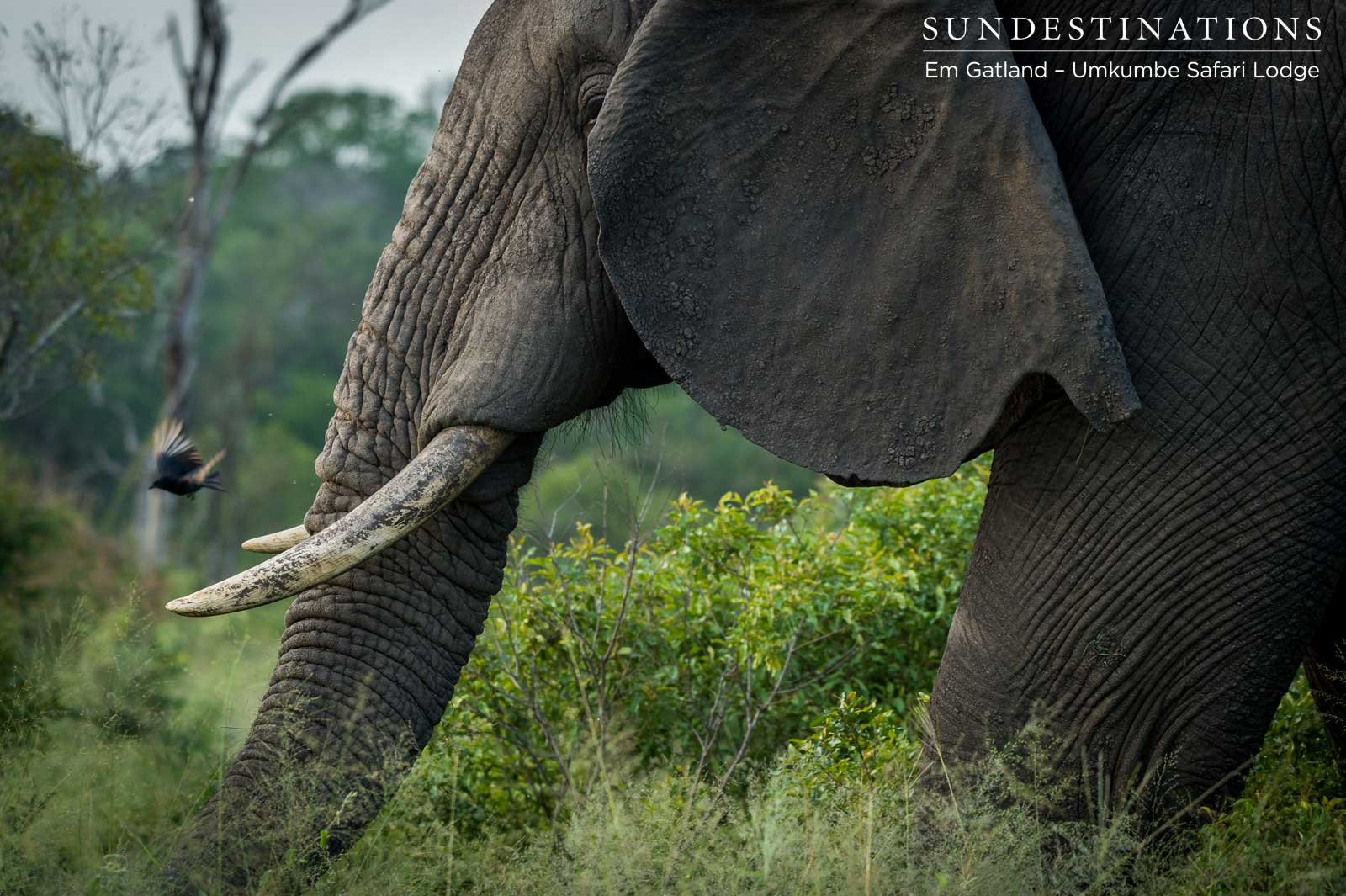
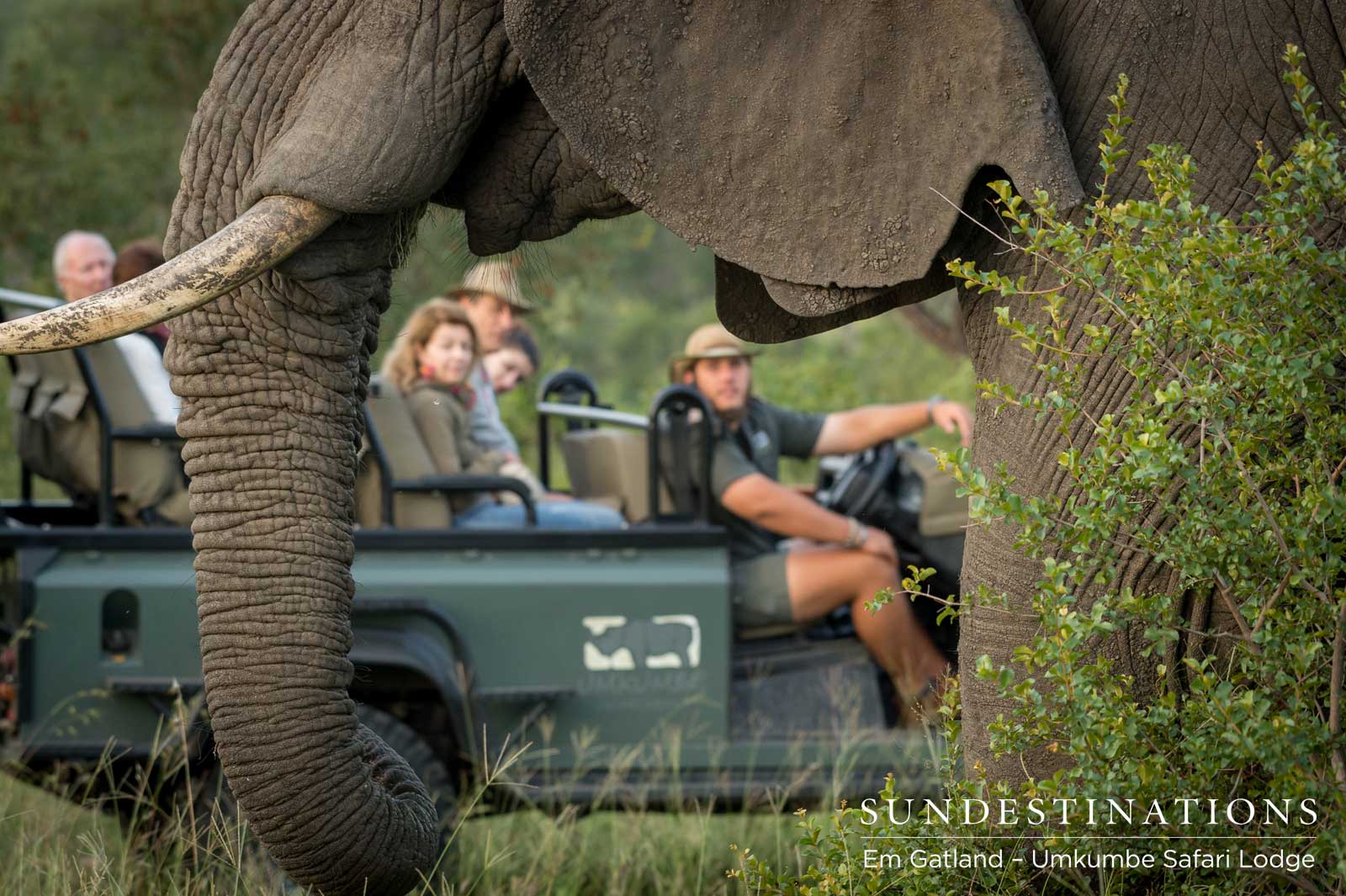
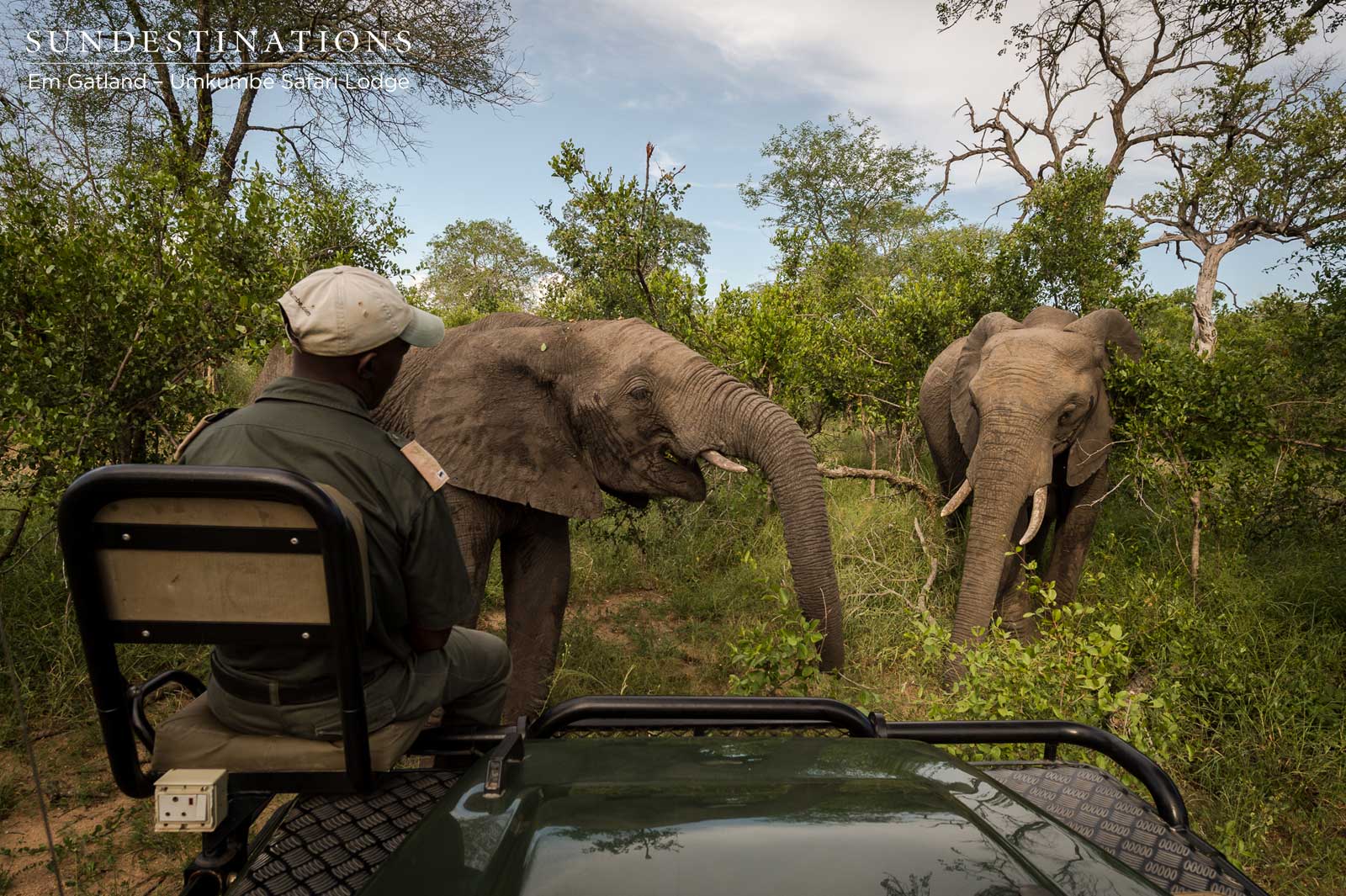
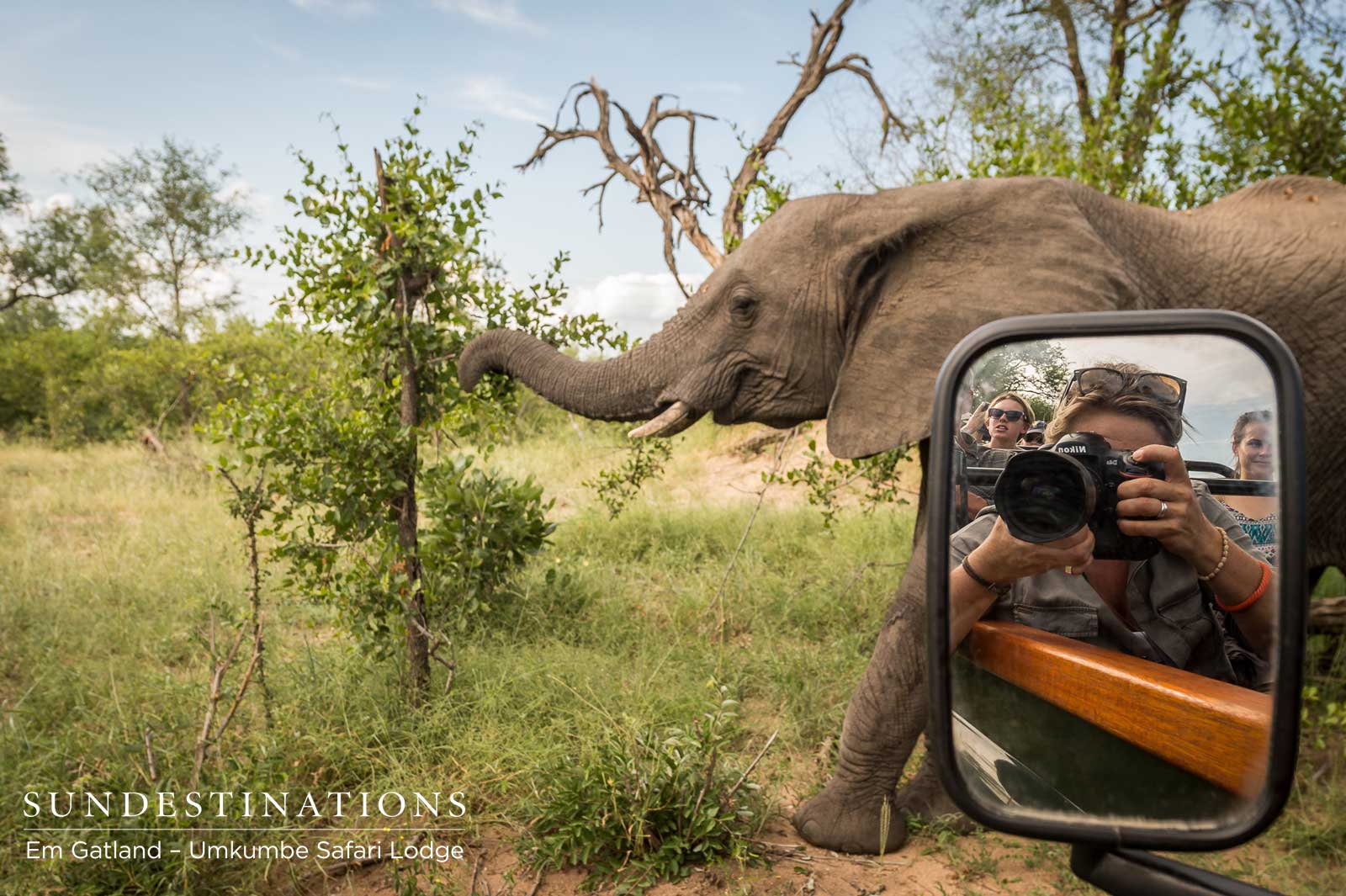
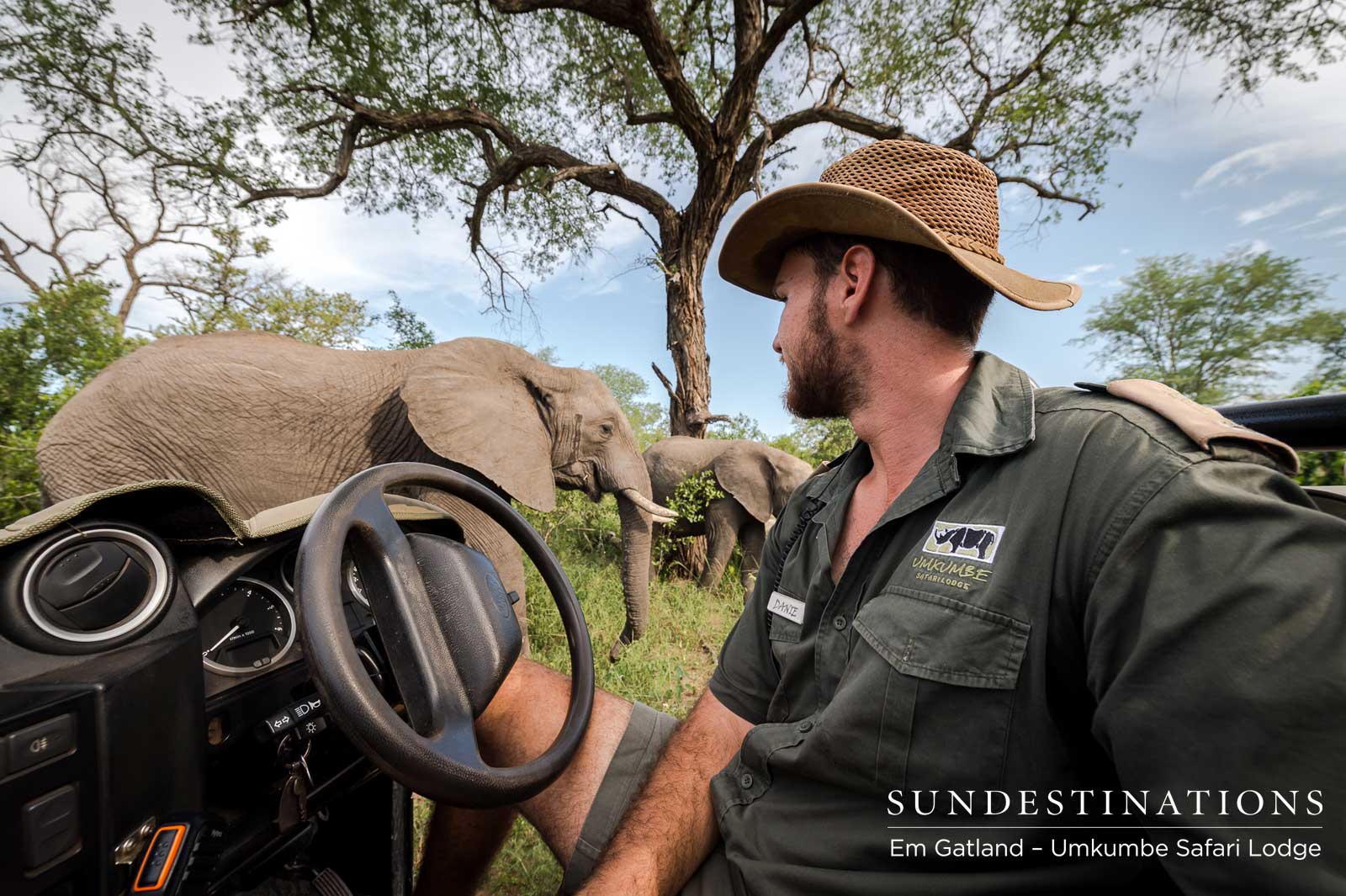
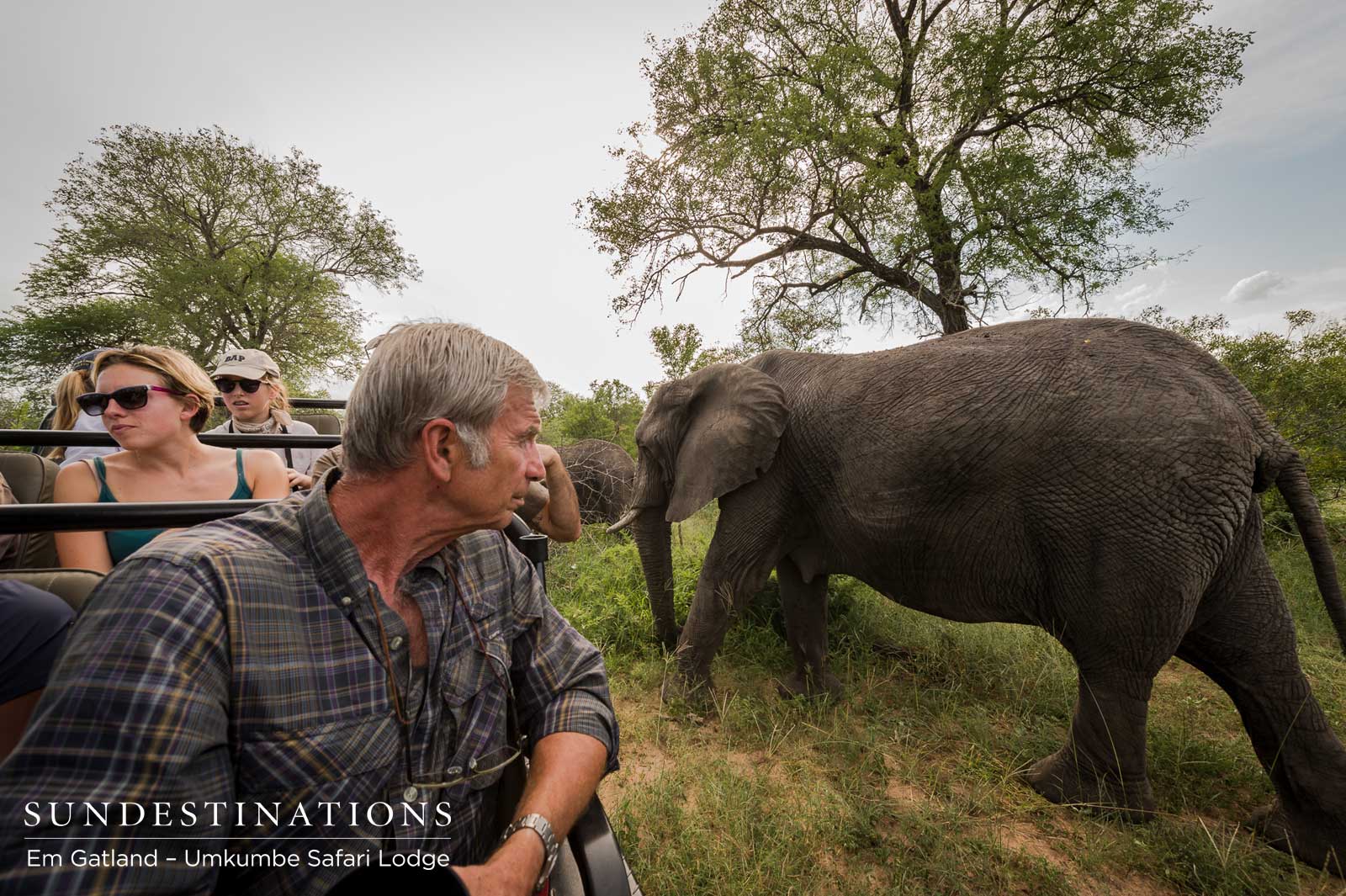
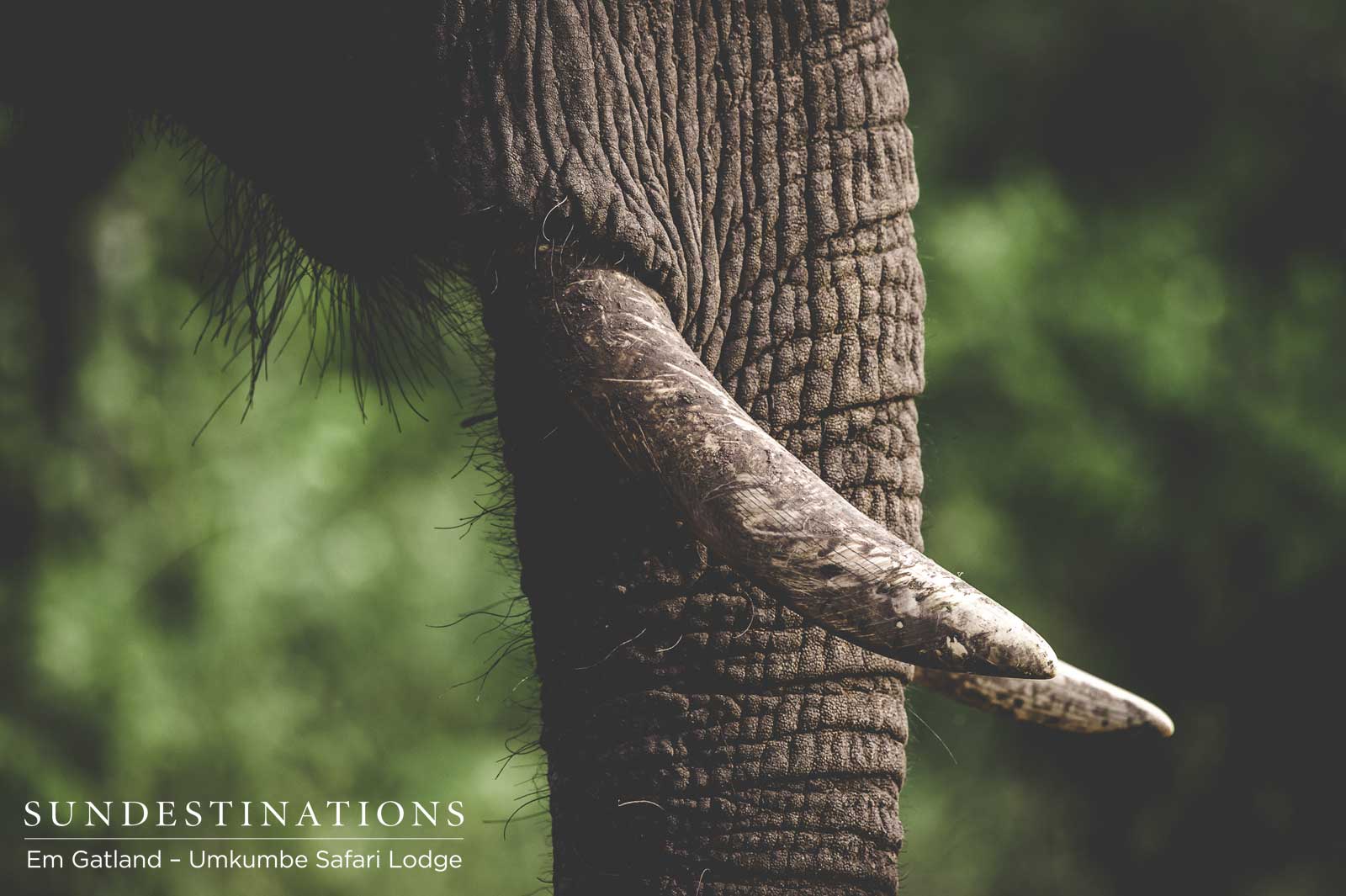
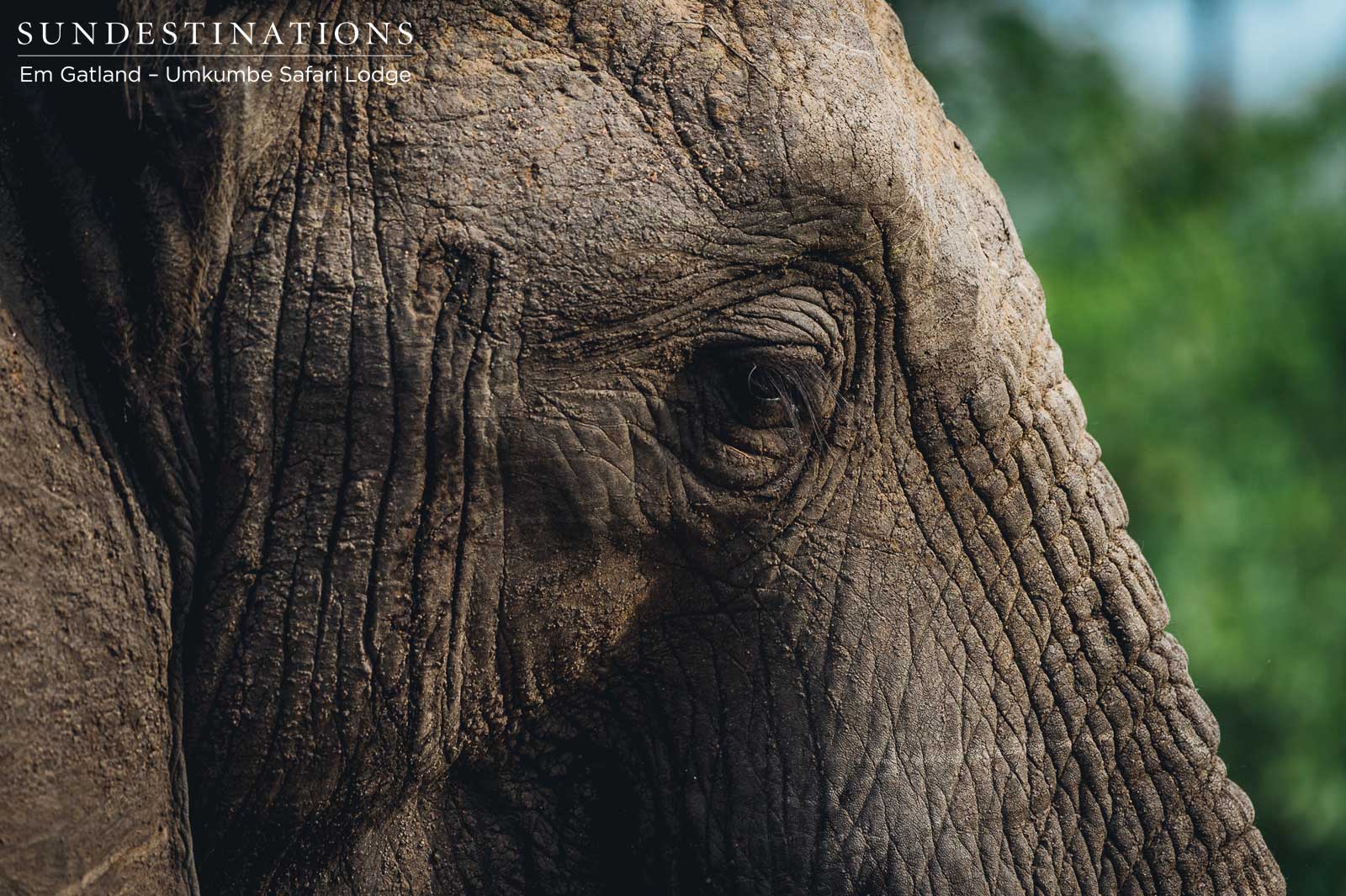
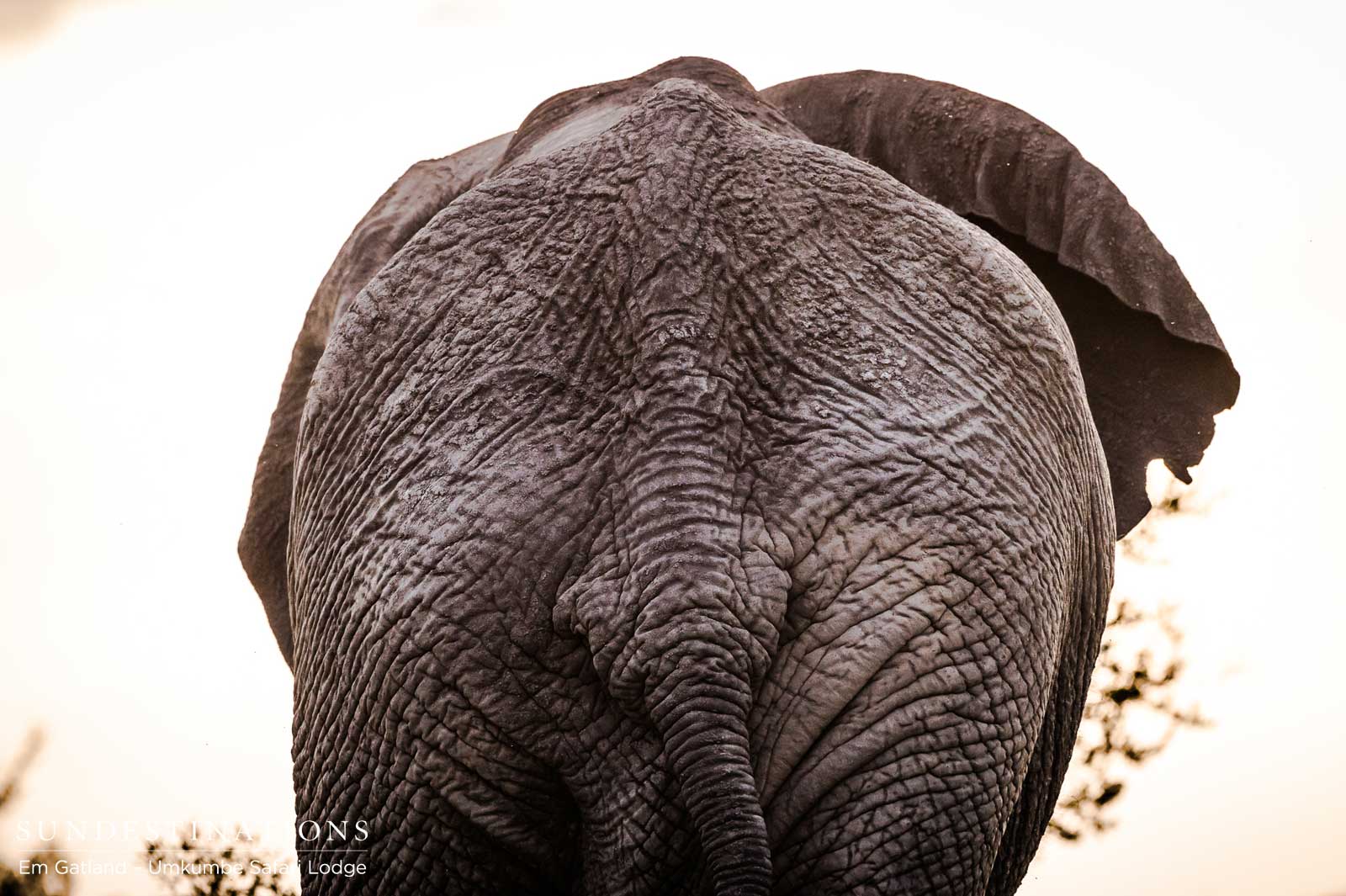
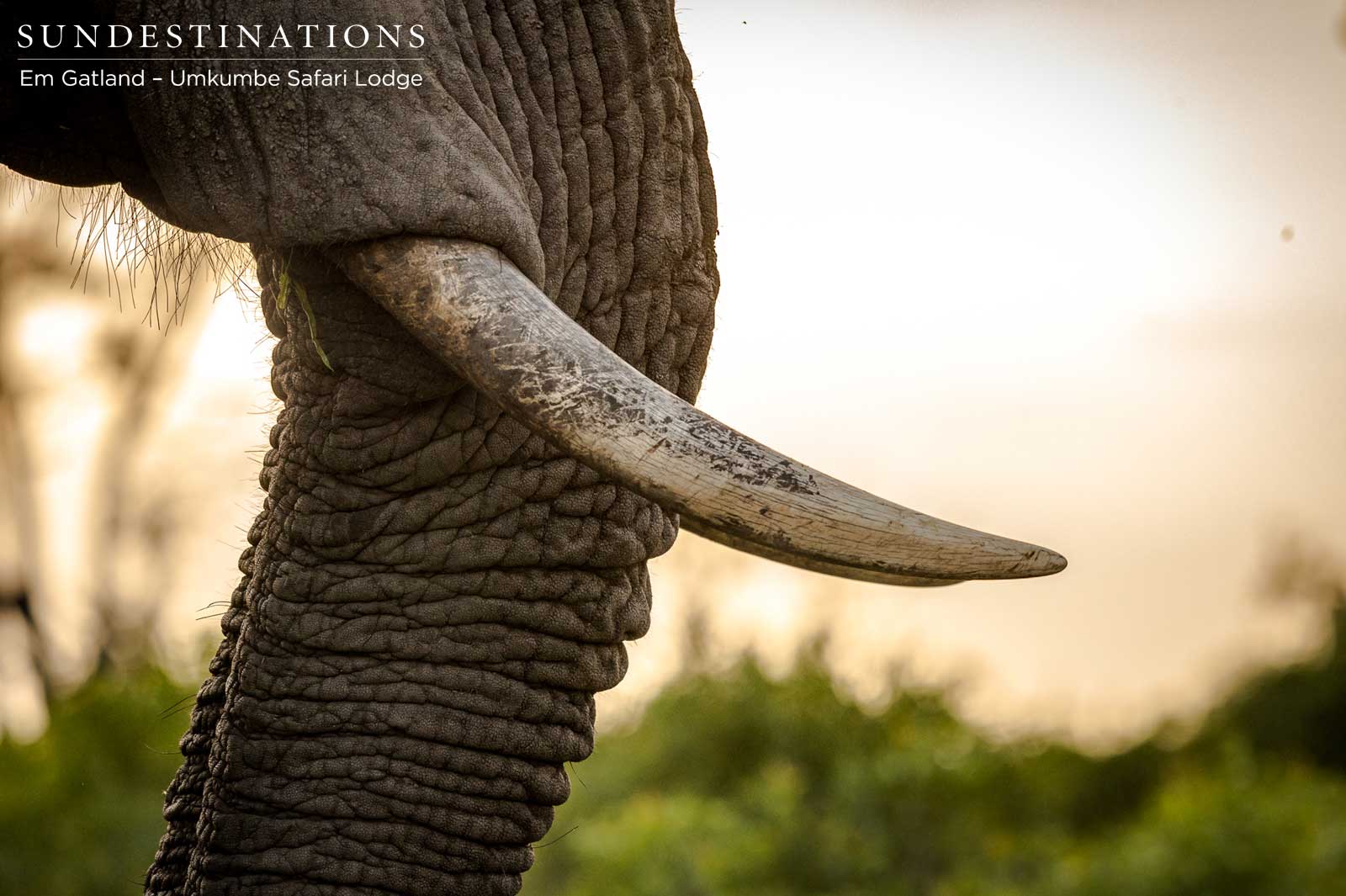
Leave a Comment